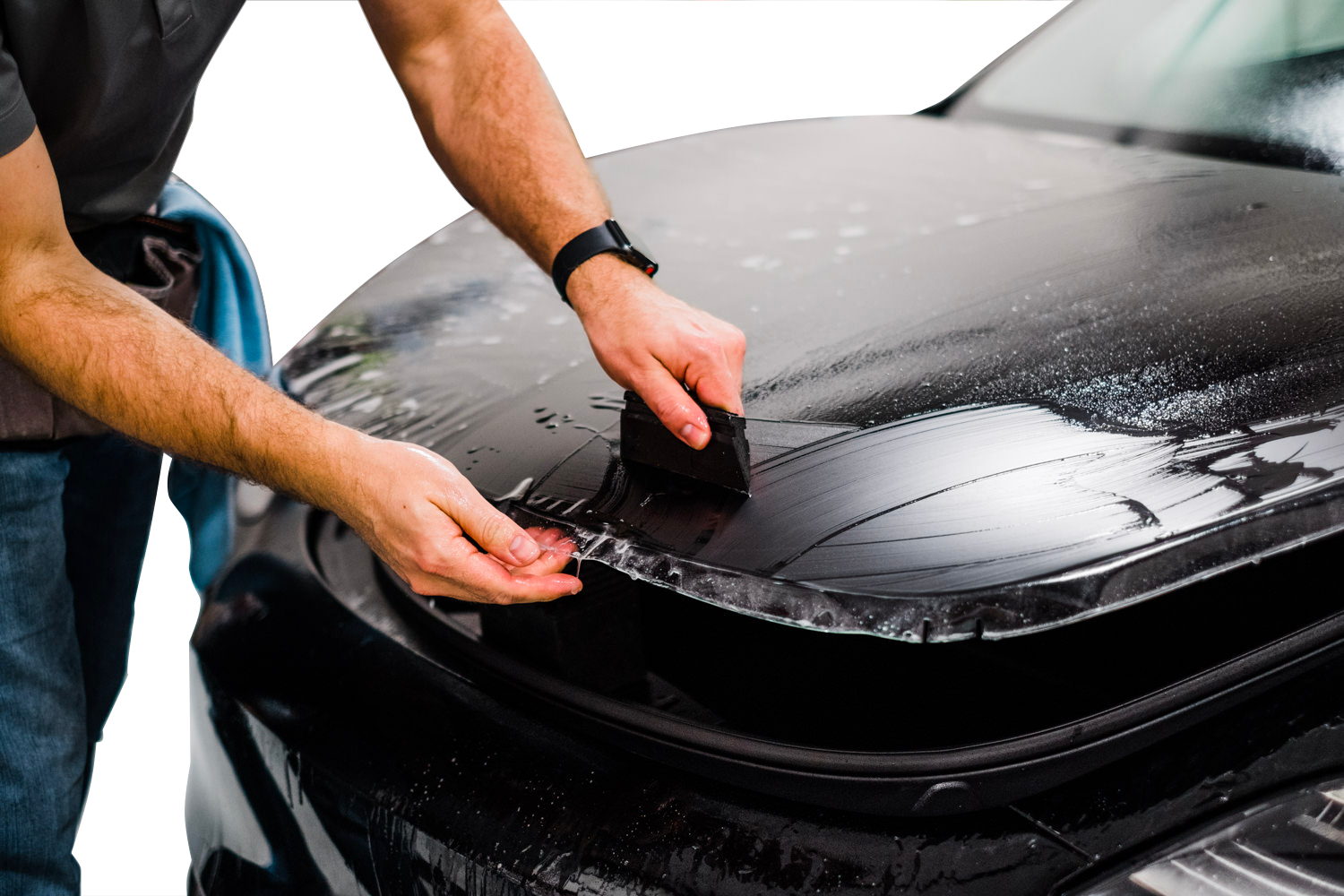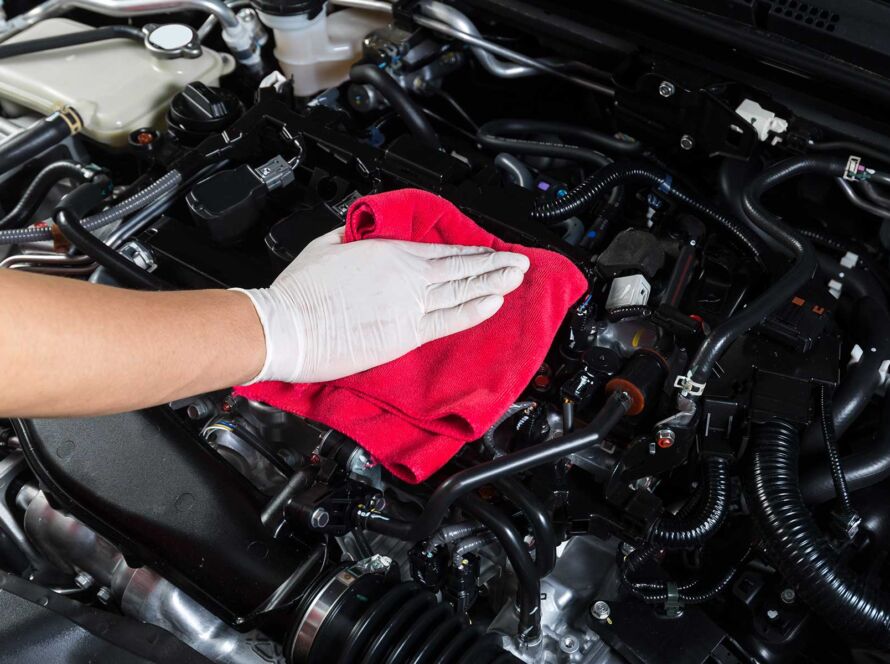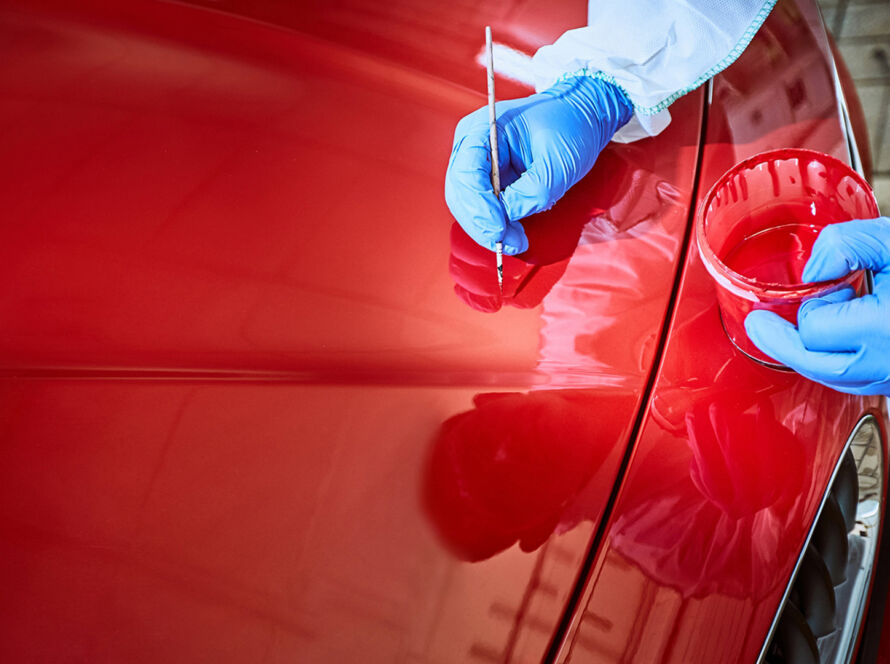Best Places to Install Paint Protection Film (PPF)
Paint protection film (PPF) is one of the most effective ways to safeguard your vehicle’s paint from chips, scratches, and environmental hazards. But while PPF can technically be applied anywhere, certain high-impact areas of your car benefit most from the investment.
According to the automotive protection industry, most rock chips and scratches occur on the front-facing areas of a vehicle, making strategic PPF placement the key to long-lasting paint protection.
Why Placement Matters
PPF isn’t cheap, so maximizing value means applying it where damage is most likely to happen. These zones face constant exposure to rocks, gravel, road salt, bugs, and debris. By protecting these areas, you reduce costly paint repairs and preserve your car’s resale value.
Best Places to Install PPF
1. Front Bumper
The most vulnerable part of any car. Constantly exposed to road debris, insects, and stone chips.
2. Hood (Partial or Full)
Protects against rock chips that bounce upward while driving. Many owners choose at least partial hood coverage.
3. Fenders
Located near tires, fenders often collect debris thrown from the wheels.
4. Side Mirrors
These protruding parts are frequently chipped or scratched by flying debris.
5. Door Edges and Handles
Prevent scratches from rings, keys, or accidental dings in parking lots.
6. Rocker Panels & Lower Doors
Defend against dirt, salt, and gravel kicked up by tires.
7. Rear Wheel Arches
Protect from stones and road grime flung backward from the front tires.
Should You Cover the Whole Car?
Full-body PPF installation offers the ultimate protection, but it’s also the most expensive option. For most drivers, focusing on high-impact areas provides excellent coverage at a fraction of the cost. Enthusiasts and luxury car owners often choose full-body coverage for peace of mind.
Benefits of Proper PPF Placement
- Cost-Effective: Protects the most vulnerable areas without requiring full-body coverage.
- Preserves Appearance: Keeps your car looking newer for longer.
- Resale Value: Well-maintained paint can boost trade-in or sale price by 10–15%.
- Customizable: Installers can tailor coverage to your driving habits and budget.
Final Thoughts
The best places to install paint protection film are the areas most vulnerable to impact and daily wear. By focusing on the bumper, hood, fenders, mirrors, rocker panels, and door edges, you maximize protection while keeping costs manageable. For those who want complete peace of mind, full-body coverage ensures every inch of paint is shielded.
Frequently Asked Questions (FAQ)
Where should I install paint protection film first?
The front bumper and hood are the most important areas for PPF.
Is full-body PPF worth it?
Yes, but it’s costly. Most owners choose partial coverage for high-impact areas.
How long does PPF last?
High-quality PPF lasts 5–10 years depending on exposure and care.
Do side mirrors need PPF?
Yes. Their shape makes them especially prone to chips and scratches.
Should I protect door handles with PPF?
Yes. PPF prevents scratches from rings, keys, and fingernails.
Does PPF protect against scratches?
Yes. It reduces scratches and some films even self-heal with heat.
Can PPF be applied to headlights?
Yes. Many installers apply PPF to headlights to prevent hazing and chips.
Can I add ceramic coating on top of PPF?
Yes. Ceramic coating is often layered over PPF for added gloss and hydrophobic protection.
Does PPF make sense for older cars?
Yes. It protects repainted or restored cars just as well as new ones.
How much does partial vs full PPF cost?
Partial coverage ranges from $1,000–$2,000; full-body coverage can exceed $5,000.




